Changing the world one coconut at a time.
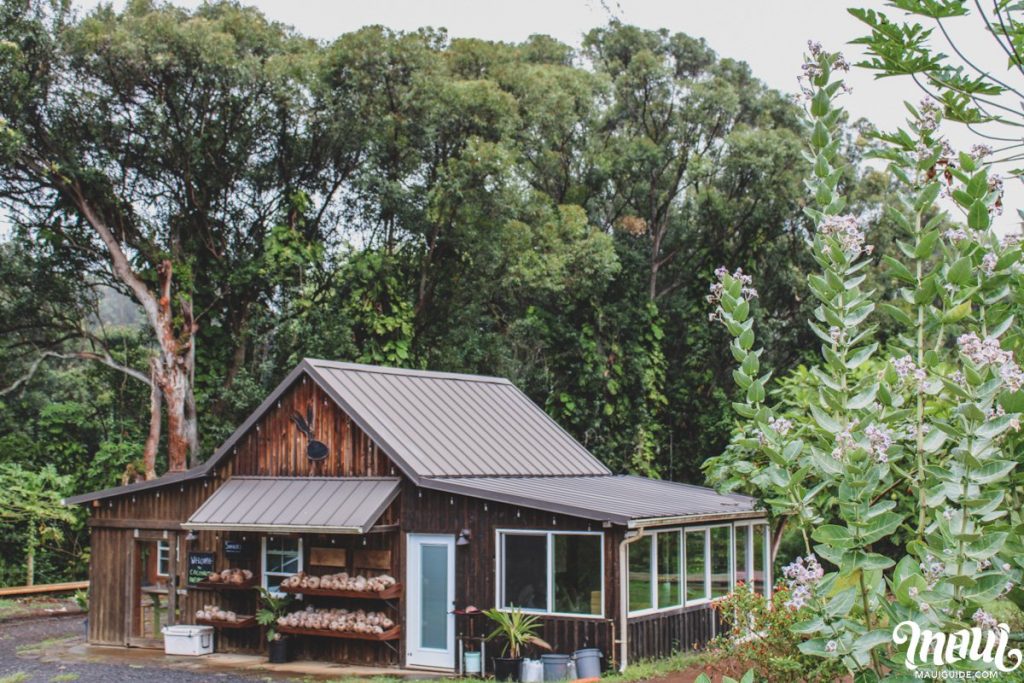
What if the key to a sustainable lifestyle was hiding in plain sight? Well, if you live near the tropics, it is- in the form of the unassuming coconut tree.
One of the major problems facing the Hawaiian Islands today is food stability. Over 90% of Hawaii’s food supply is imported, leaving the islands extremely vulnerable to food shortages. Around six million pounds of food makes its way into Hawaii’s ports every single day. If ports are damaged or shipping is cut off for any reason, Hawaii’s remaining food supply would be wiped out in under a week. Recognizing the potential severity of this problem, Ryan Burden, founder of Coconut Information farm in Haiku, set off on a mission a decade ago to rely solely on Maui grown foods. Thanks to Maui’s many different climates, there are a copious amount of fruits and veggies that do well on the island. However, through the trials of eating 100% local, one plant, in particular, stood out to Ryan as the most versatile, nutritious, resilient, and abundant: coconuts.
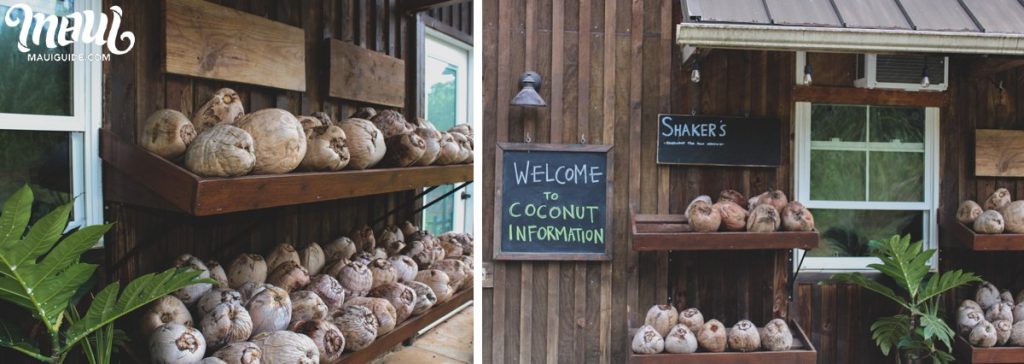
After years of getting to know the coconut tree inside and out, Coconut Information farm was born. Despite being one of the most generous food sources in Hawaii, coconuts are also one of the most overlooked. That being so, Ryan’s goal is to share the many benefits of coconuts and arm people with the necessary information to take full advantage of the plant. Offering cooking classes, farm tours, and often hosting school groups, Ryan encourages anyone who is interested in coconuts or sustainability to book a class.
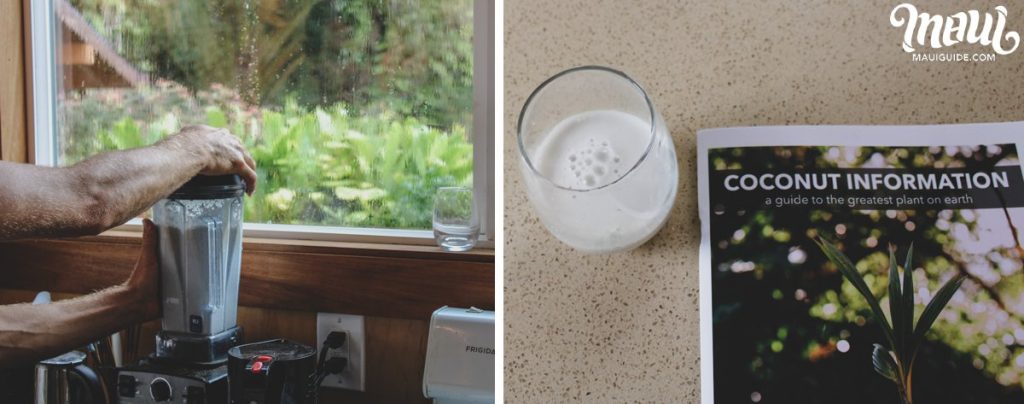
Simply put, Ryan Burden is a coconut aficionado. Ryan uses coconut husks to layer his garden to prevent weeds from growing, makes homemade coconut milk to put in his coffee, and uses practically every part of the coconut tree for something around his farm or in daily life. “I could talk for hours about coconuts,” he tells me proudly during my visit to the farm on a rainy November morning. It was true, in the short time I spent touring Coconut Information, Ryan breezed through incredible facts about coconuts. “The Hawaiian translation for coconut tree is kumu nui, which literally translates to the ‘great source’. Hawaiians wouldn’t call coconuts the ‘great source’ if they weren’t exactly that.” Ryan tells me. Around the world, different cultures had similar translations for coconut trees. Rather than being a seasonal crop, the coconuts’ production cycle is in rhythm with the moon, which means coconut trees provide fruit year-round. It was Hawaiian tradition that a coconut tree would be planted after the birth of a child, to ensure that they would always have pure water and enough food. With a lifespan of up to 100+ years, a single coconut tree can provide food for generations.
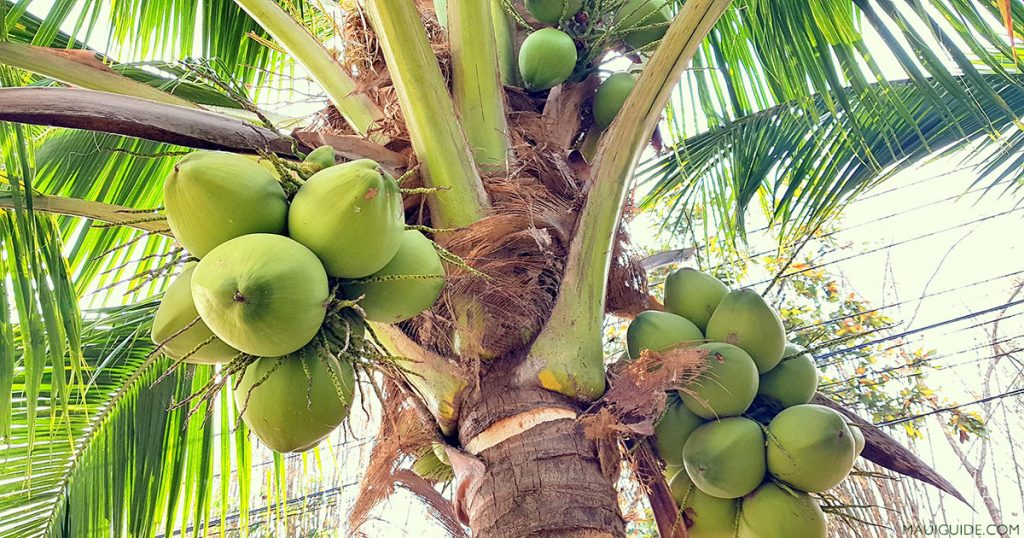
In addition to food and water, nearly every part of the coconut tree has a multitude of uses: fronds can be fashioned into baskets and shelters, husks can be woven into ropes, shells used for charcoal, trunks can be made into lumber, the list goes on. While images of coconut trees are increasingly trendy in today’s world, especially here in Hawaii, the general knowledge of how to use the plant is unfortunately slowly being lost. That’s where Coconut Information comes in. What Ryan believes to be holding most people back from utilizing coconuts to their full potential is simply a lack of knowledge. While classes at Coconut Information are geared towards Hawaii residents, anyone is welcome, including visitors who are interested in coconuts or simply looking to try something new.
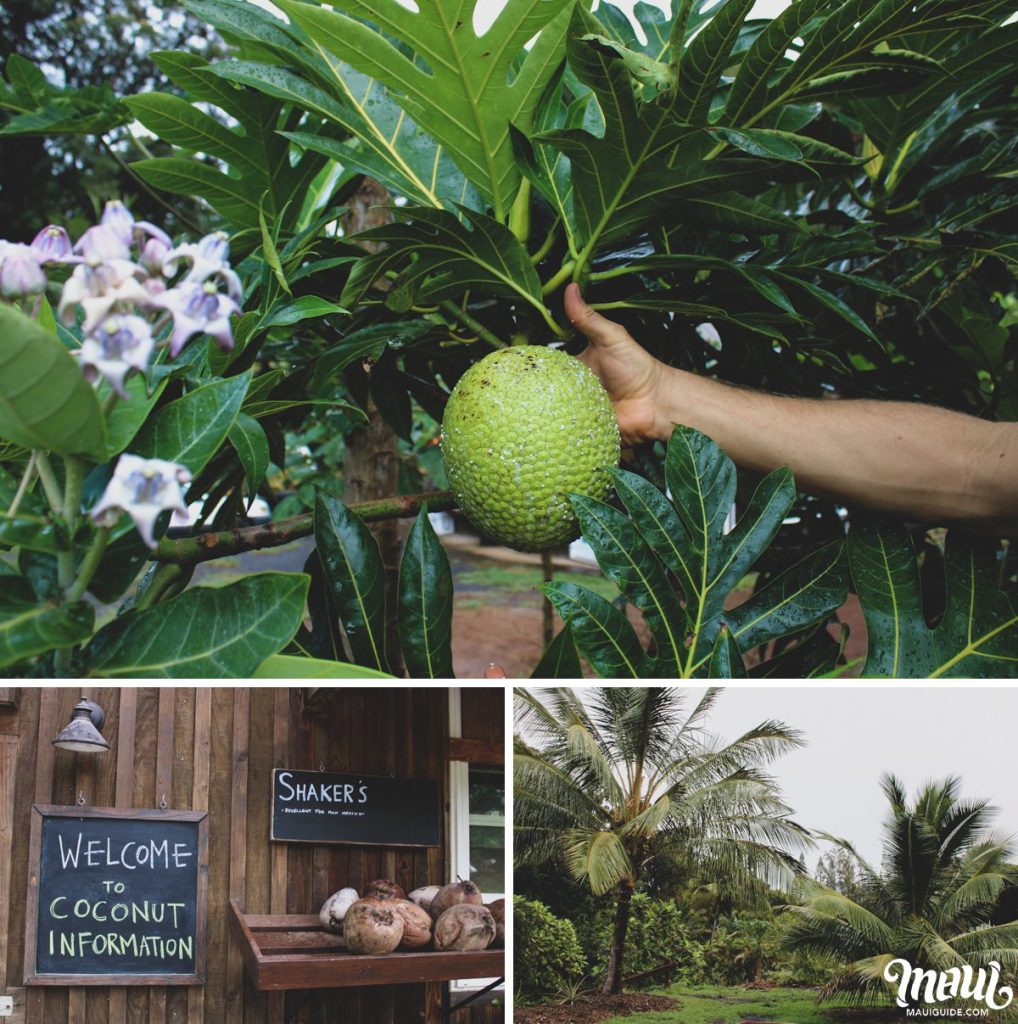
Guests at Coconut Information will receive a full coconut rundown- Coconut 101 as Ryan likes to call it. Not only will you learn how to use the proper tools for opening and harvesting coconuts, but you will also learn how to identify coconuts in their different stages, a handful of recipes, and of course, an abundance of facts about coconuts. Most classes start with a “coconut wine tasting”, where you sample water and meat from the various stages of maturity, from the six-month-old “poppers” to 13-14-month-old brown coconuts. The young green “poppers” are the youngest stage of coconut that can be eaten and are so pressurized and full of water that when opened, a distinct pop can be heard. In Hawaiian culture, water from “poppers” was considered holy because it is the only water to have never touched the ground. This water was believed to be a manifestation of the god Ku, one of Hawaii’s four great gods.
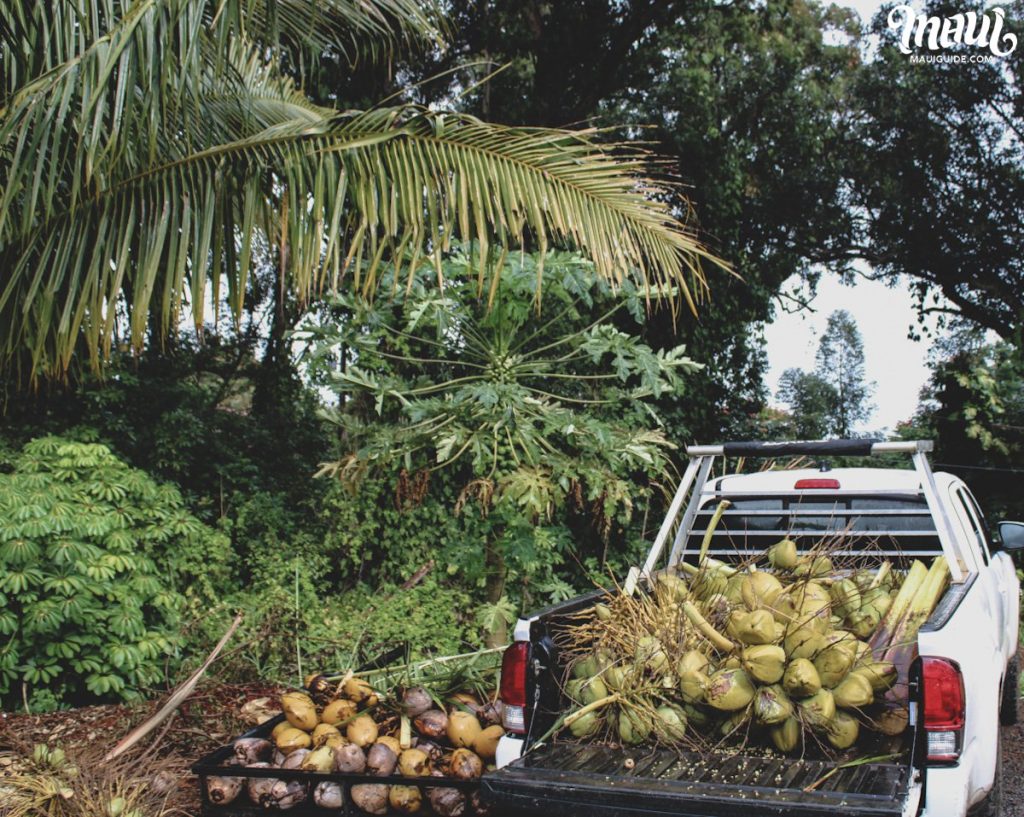
In addition to staples like coconut milk and coconut oil, cooking classes at Coconut Information explore a variety of unconventional coconut-based dishes. Coconut recipes don’t always have to be sweet, in fact, Ryan has perfected savory dishes from rich coconut gravy to smoky coconut noodles. For Hawaii residents, learning how to use coconut trees to their full potential is one step in the right direction, not only towards food security but sustainability as well. Prior to my visit to Coconut Information, I hardly paid the four bountiful coconut trees in my yard a passing glass. Coconut milk was regularly on my grocery list, and instead of using the coconuts that sat right outside my window, I drove to the store to pick up cans that had been shipped thousands of miles across the Pacific. Today it seems silly that I would leave my home for something as simple and easy to make as coconut milk. Besides, the homemade stuff tastes so much better than anything store-bought. Although not all visitors may have the privilege of having coconut trees in their front yard, the recipes, tips, and tricks you will learn at Coconut Information are sure to impress your friends and broaden your appreciation for the plant.
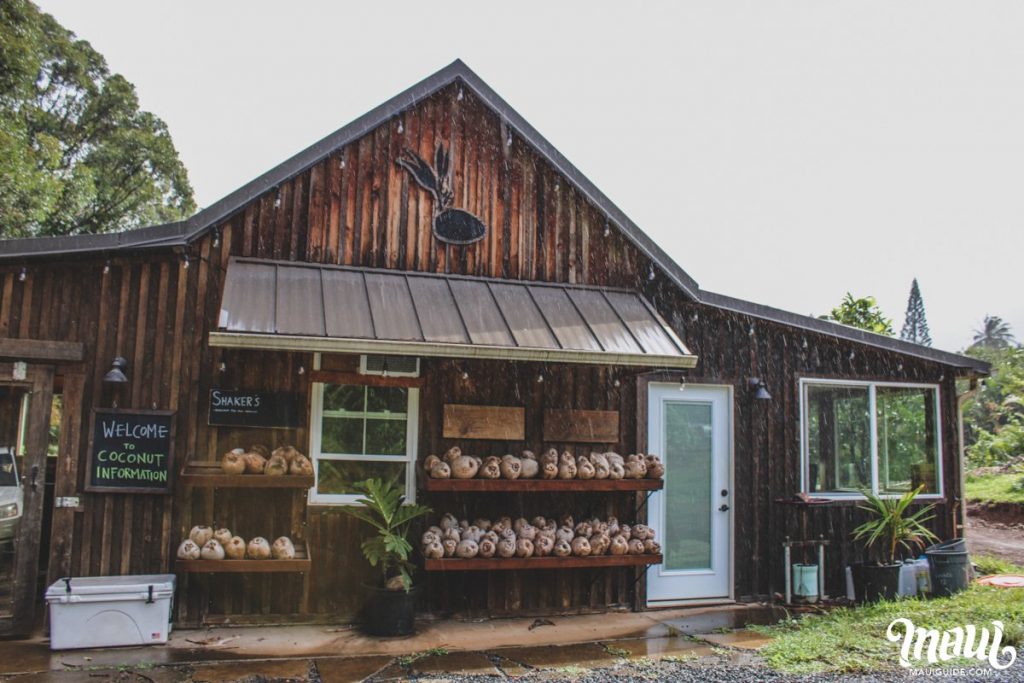
Towards the end of my visit, Ryan explained the ideal conditions necessary for coconuts to thrive. With the exception of a few outliers, coconuts are abundant in the tropics- mostly between the Tropic of Cancer and the Tropic of Capricorn. Hawaii is nestled just below the Tropic of Cancer, and had the islands been formed only a few hundred miles north, coconuts would be unlikely to exist in Hawaii at all. “Hawaii is so lucky to have coconuts,” says Ryan. “It would be a shame not to take advantage of them.”


Good job, Ryan.
Such an interesting article-next time on Maui will check out this course -live in Vegas so just interested in the info and uses.
This is so important and needs to be the future! Those statistics on how much food is imported are terrifying. The fact that we would run out of food in a week is one of the scariest things I’ve heard in a long time.